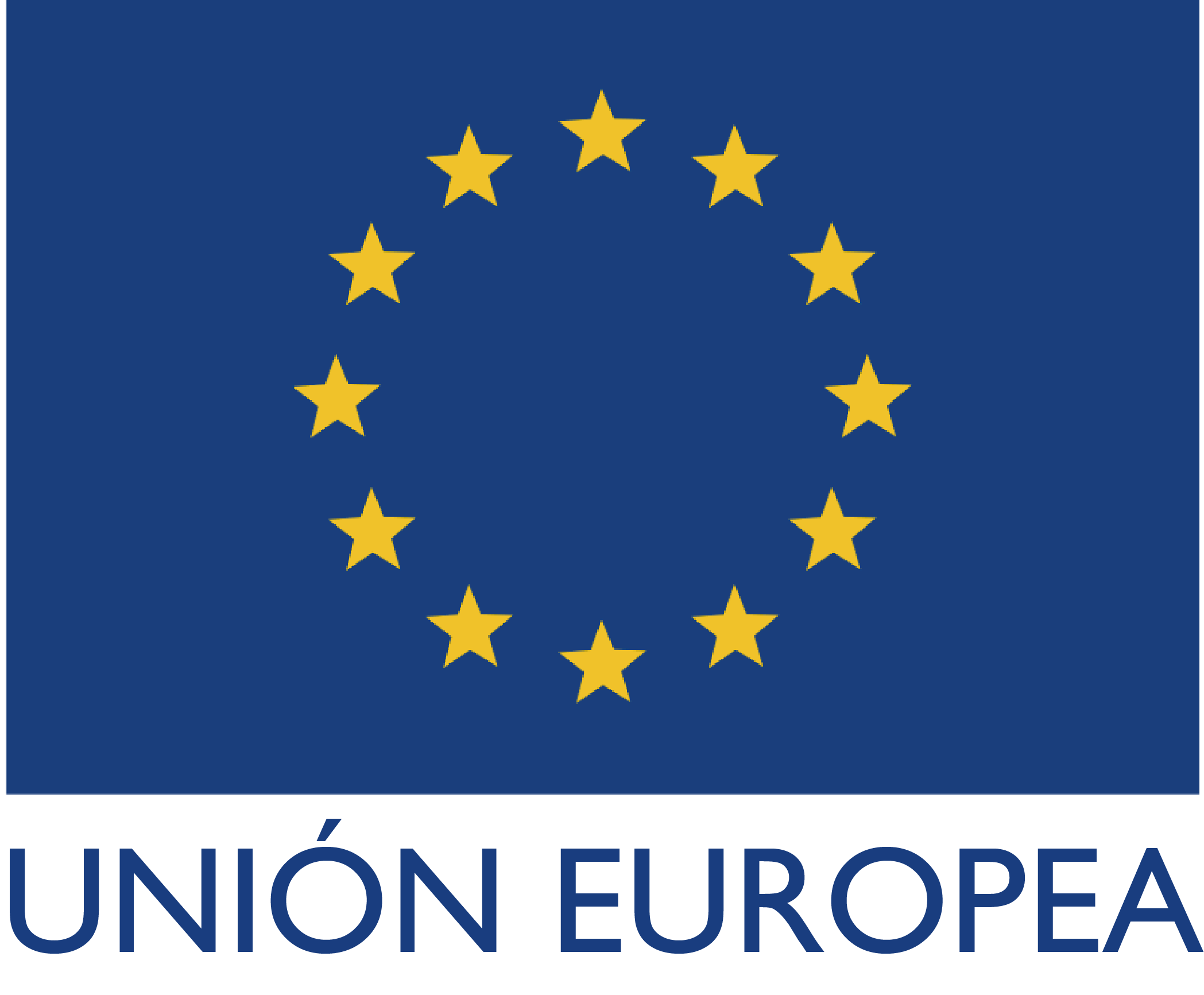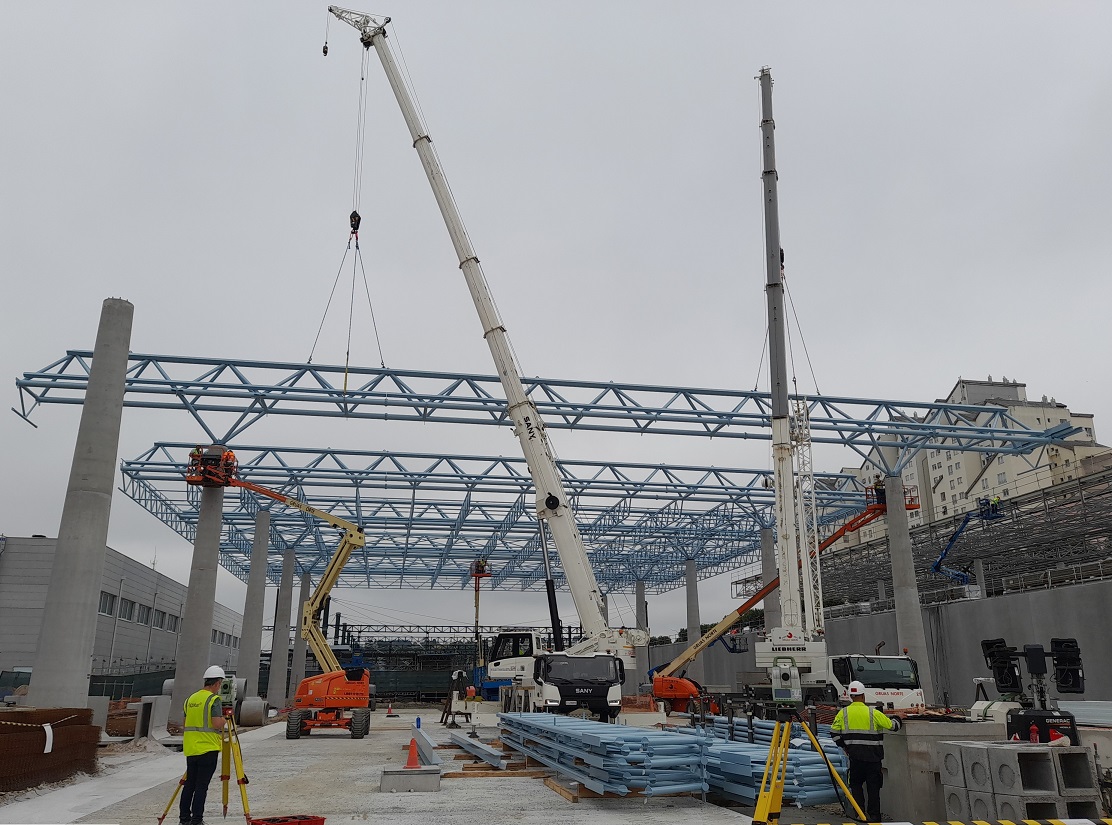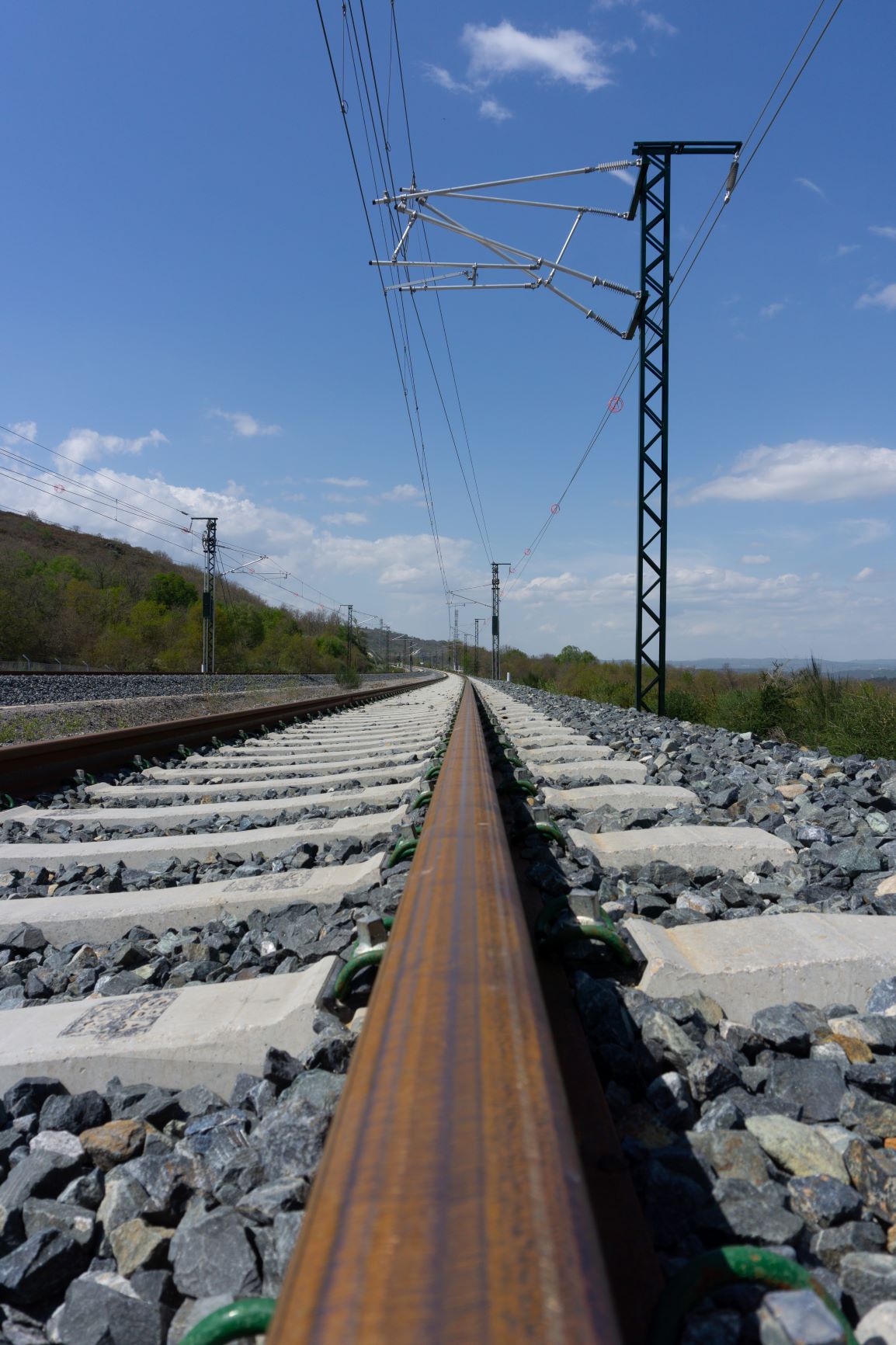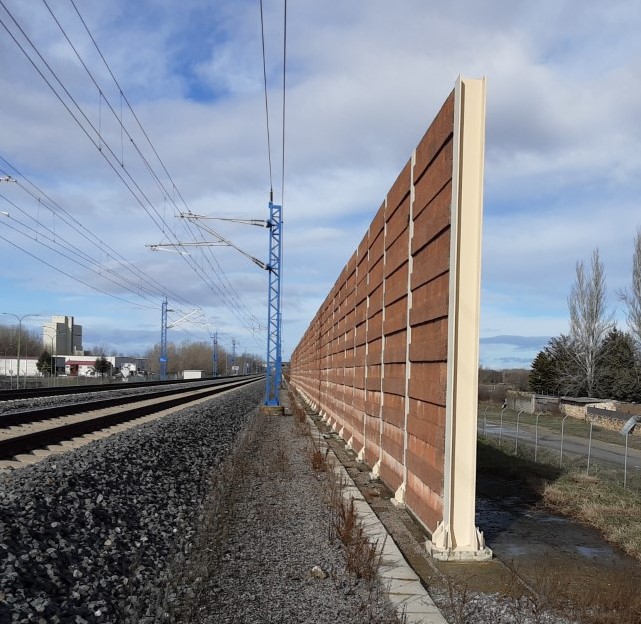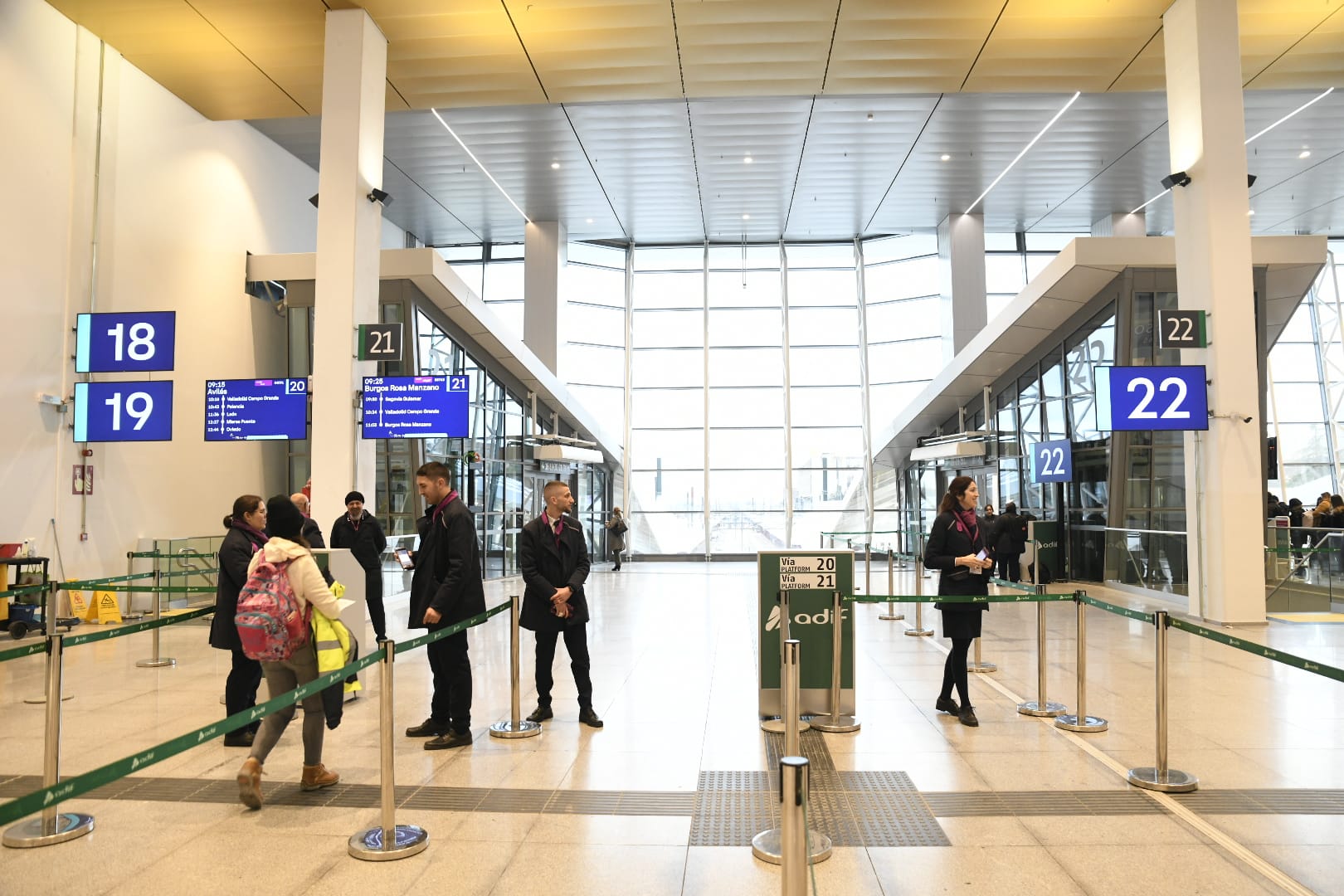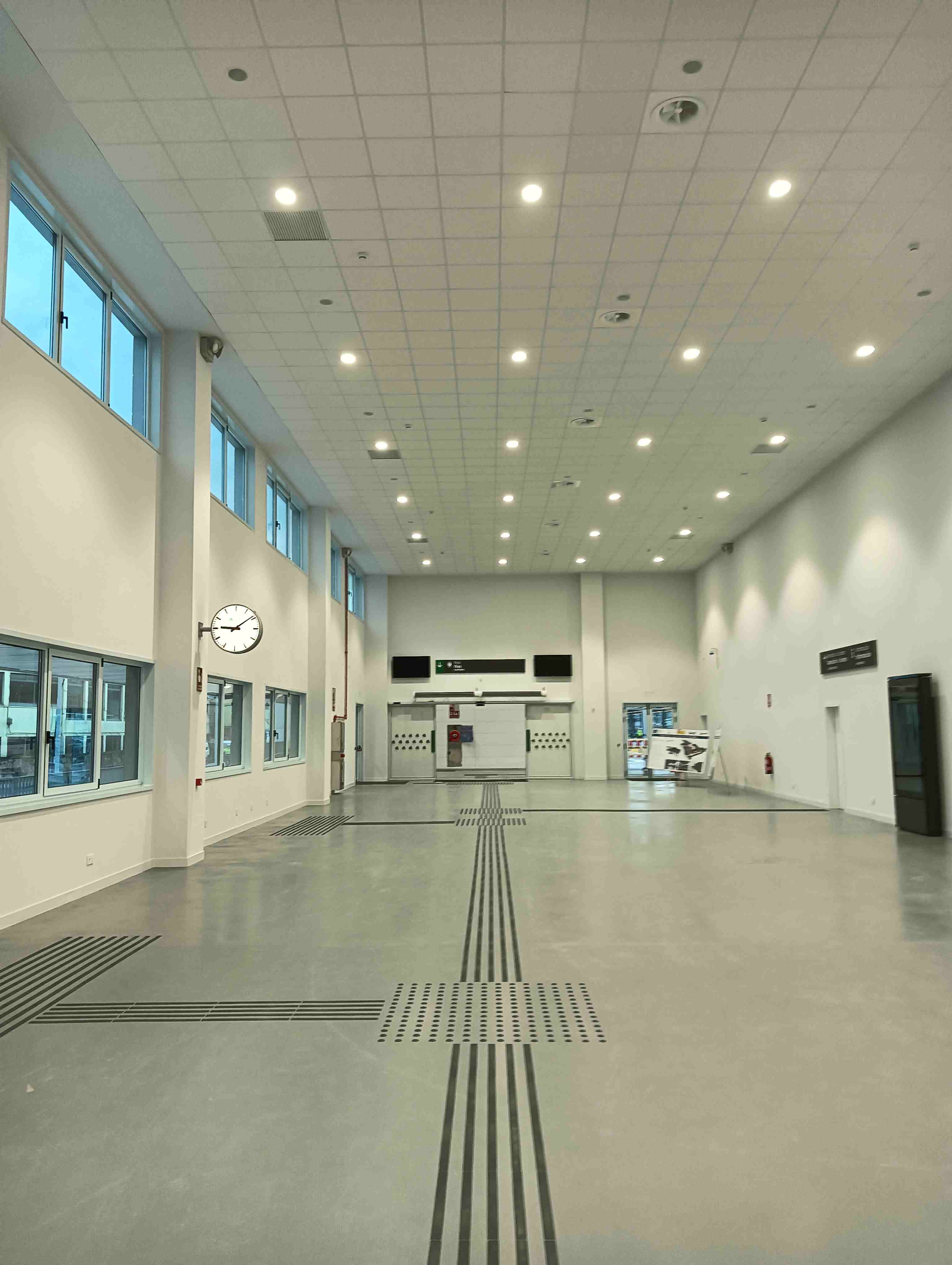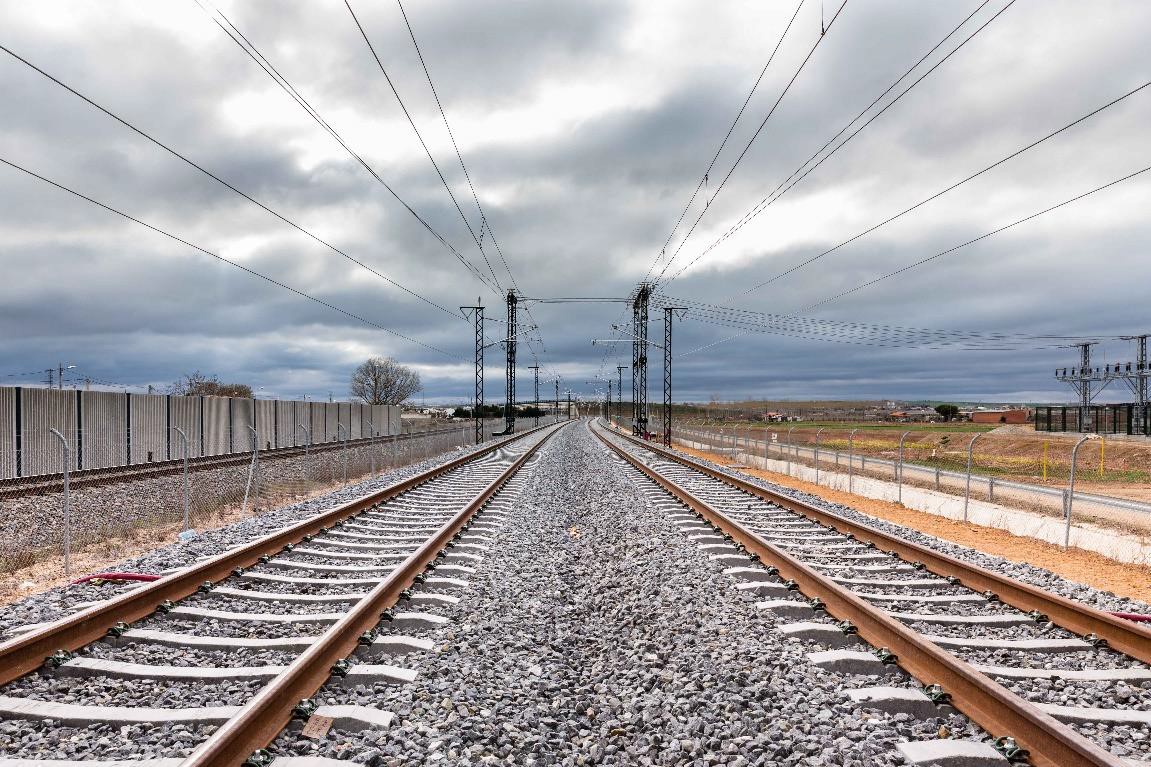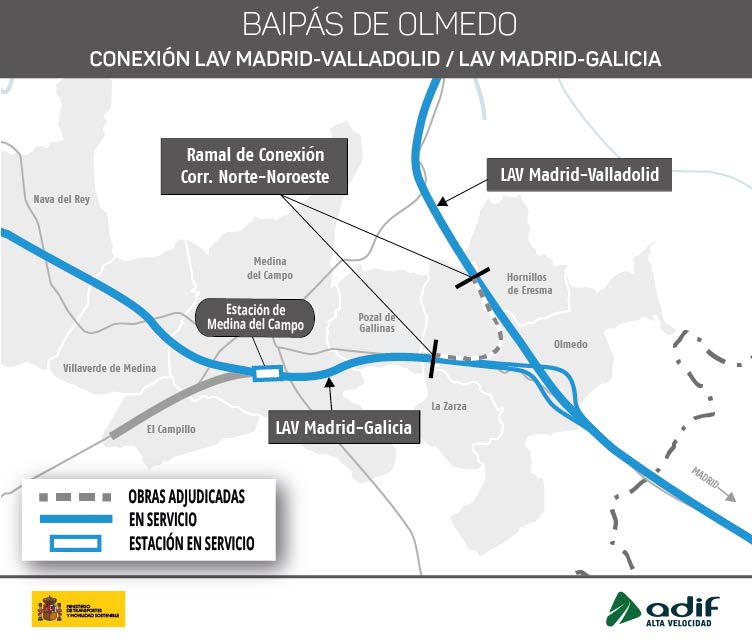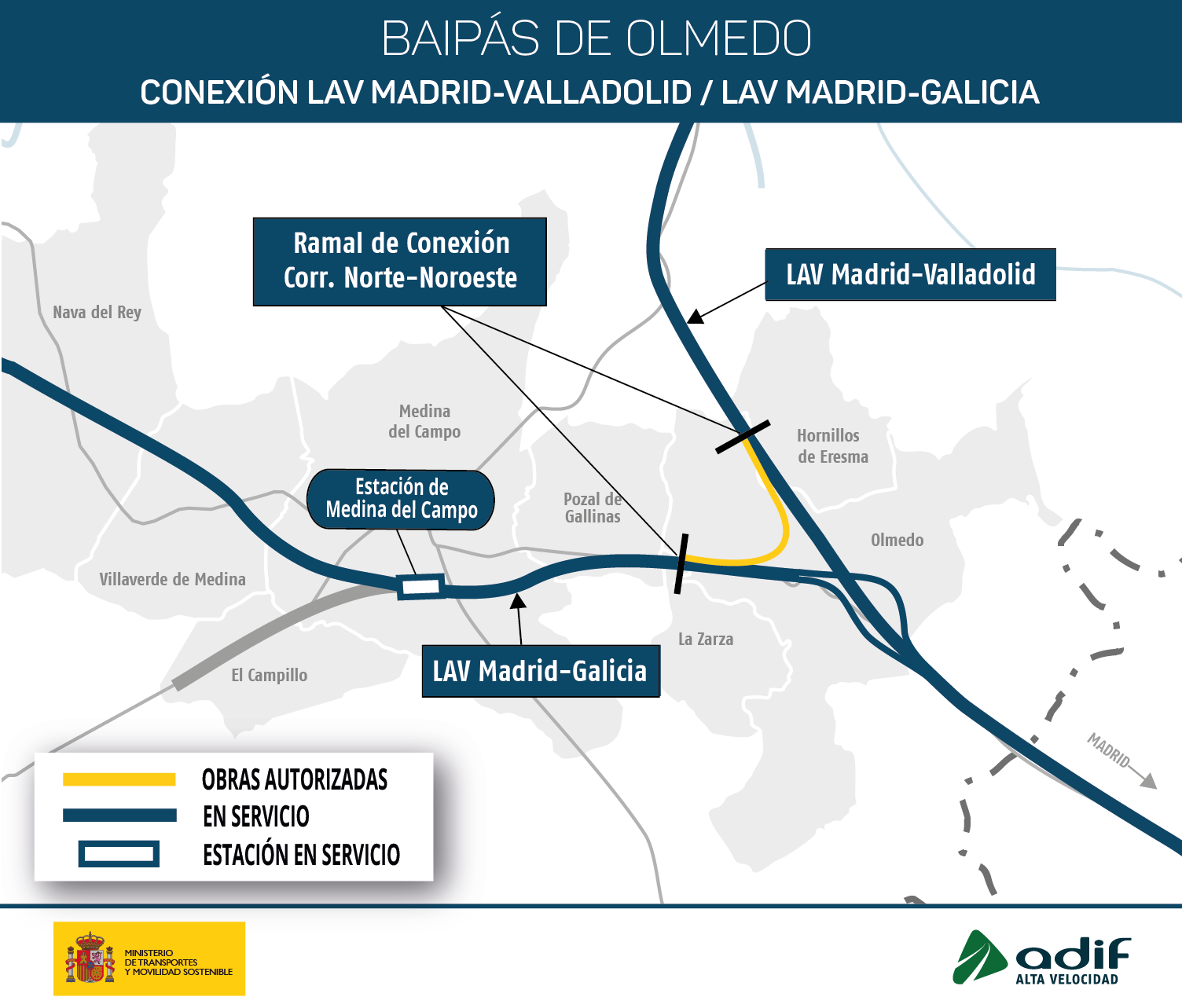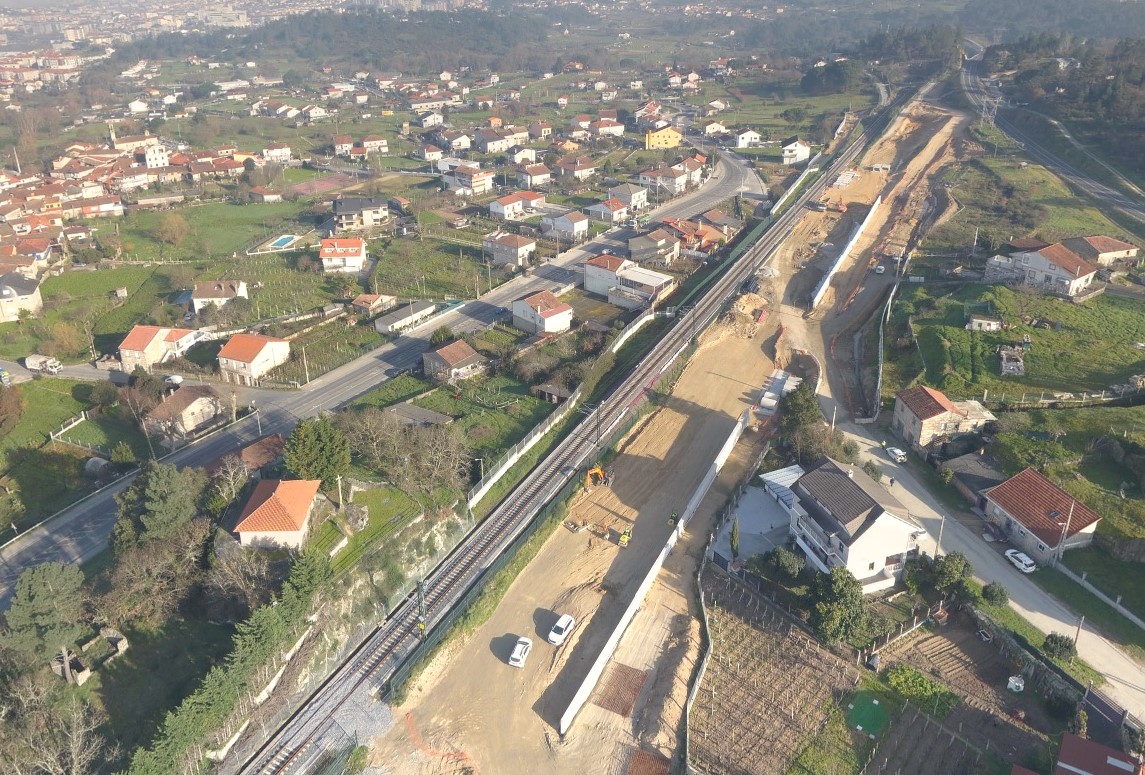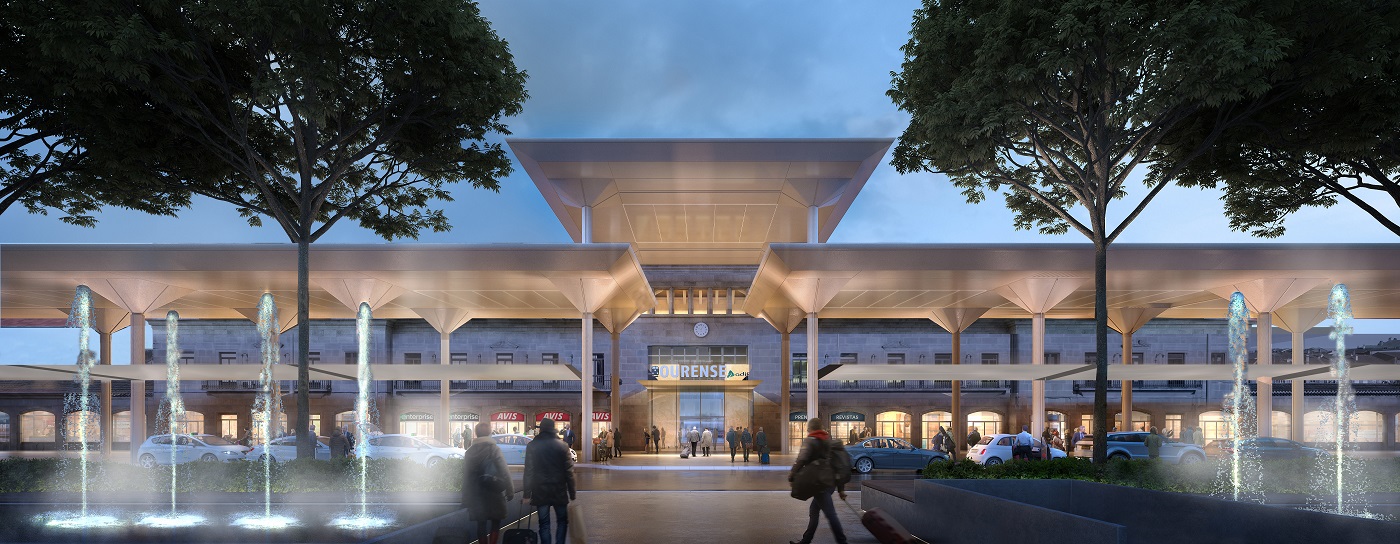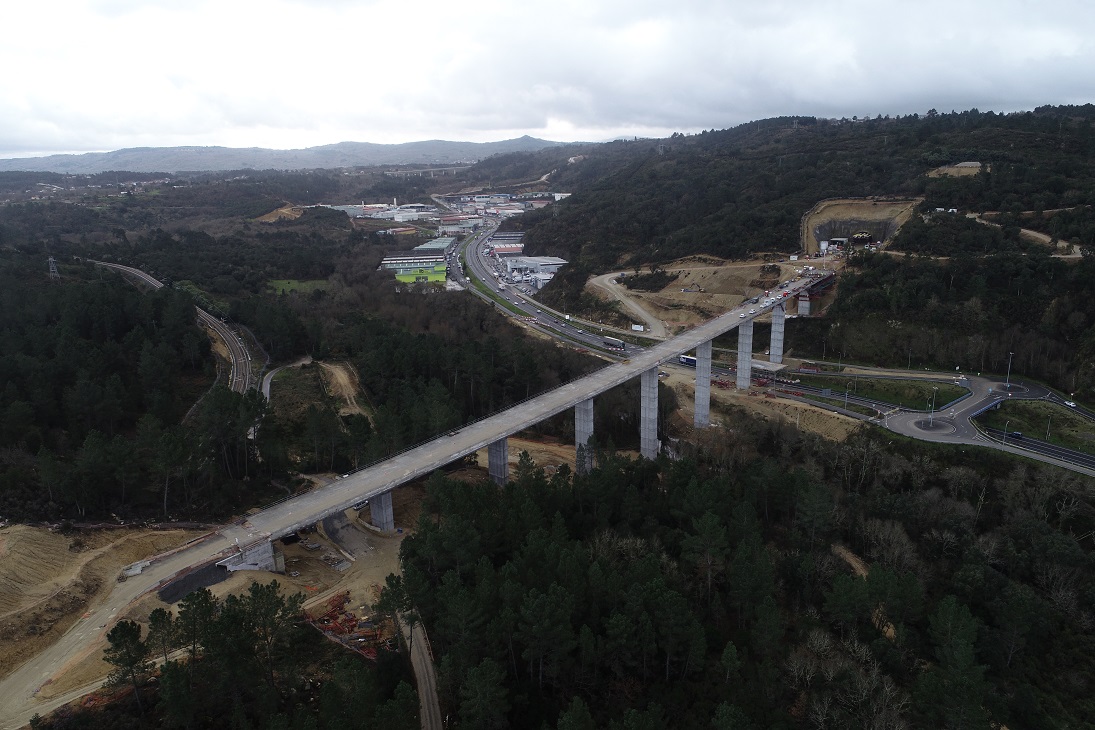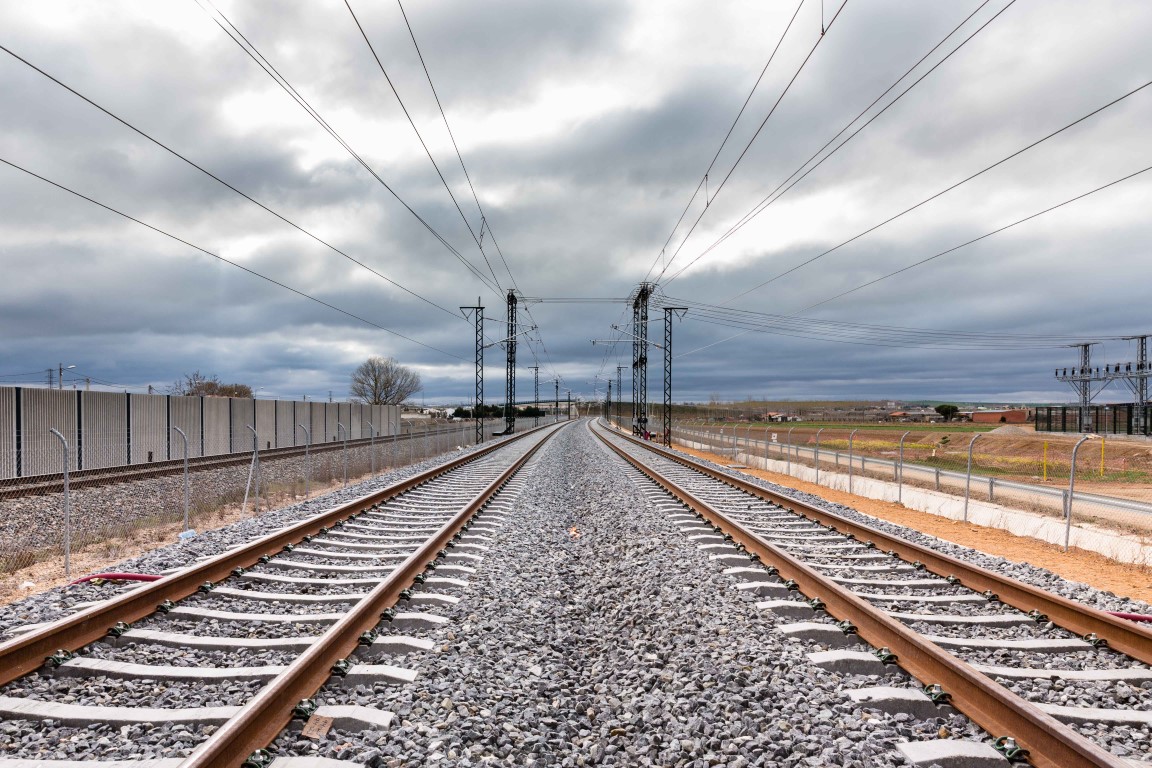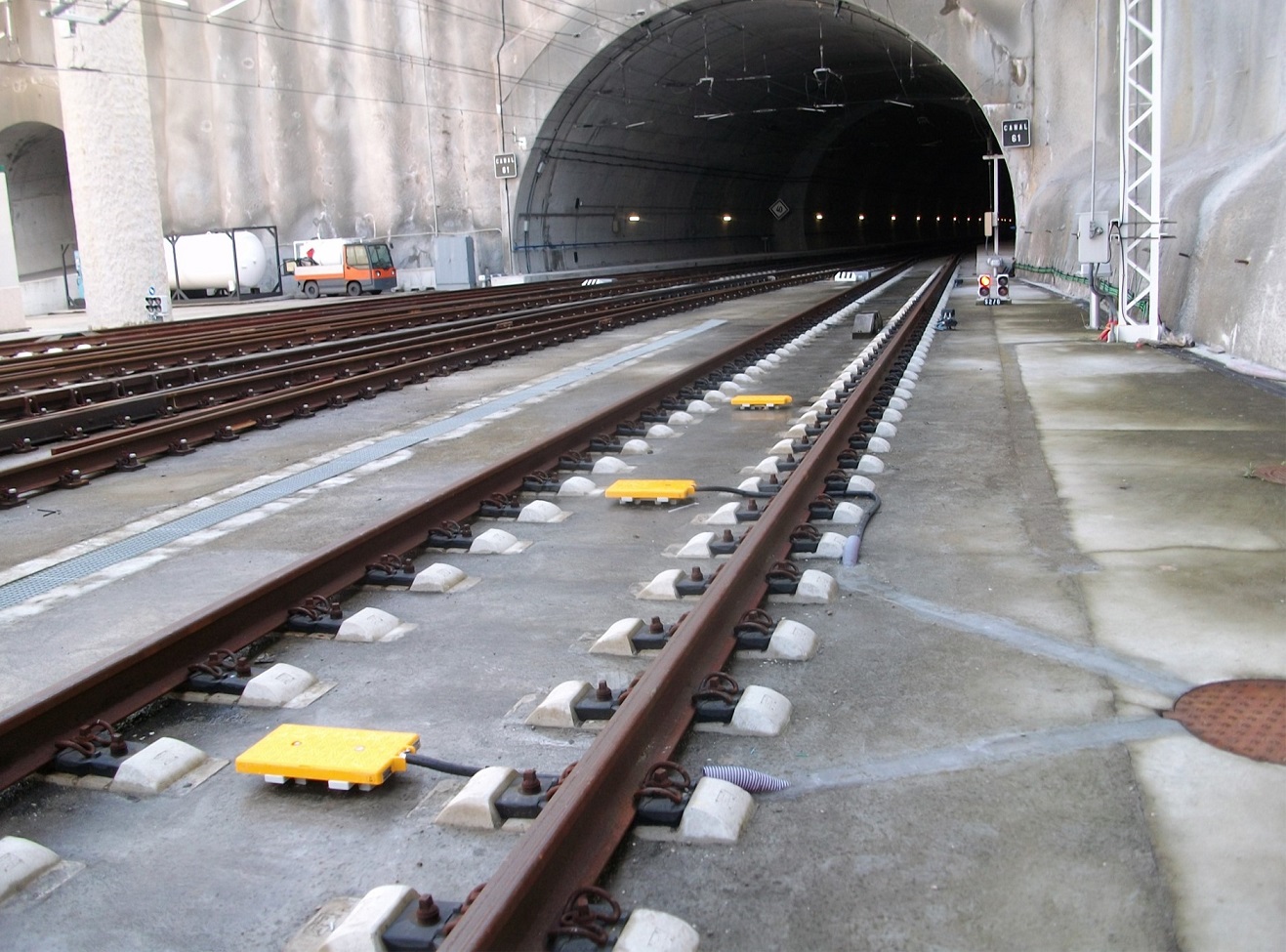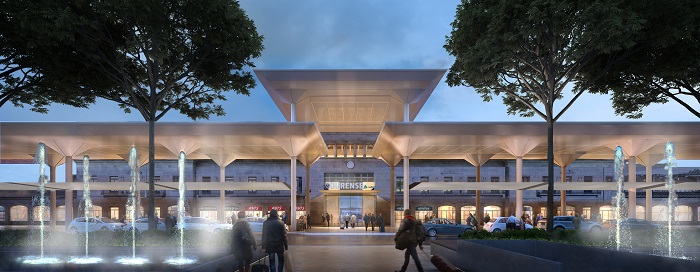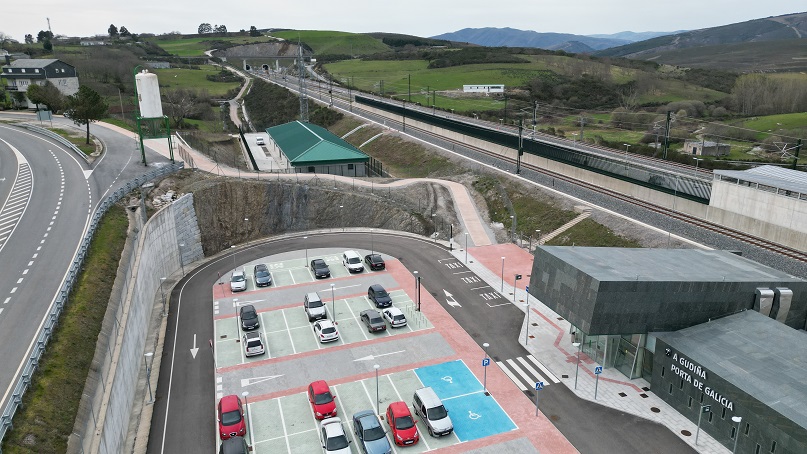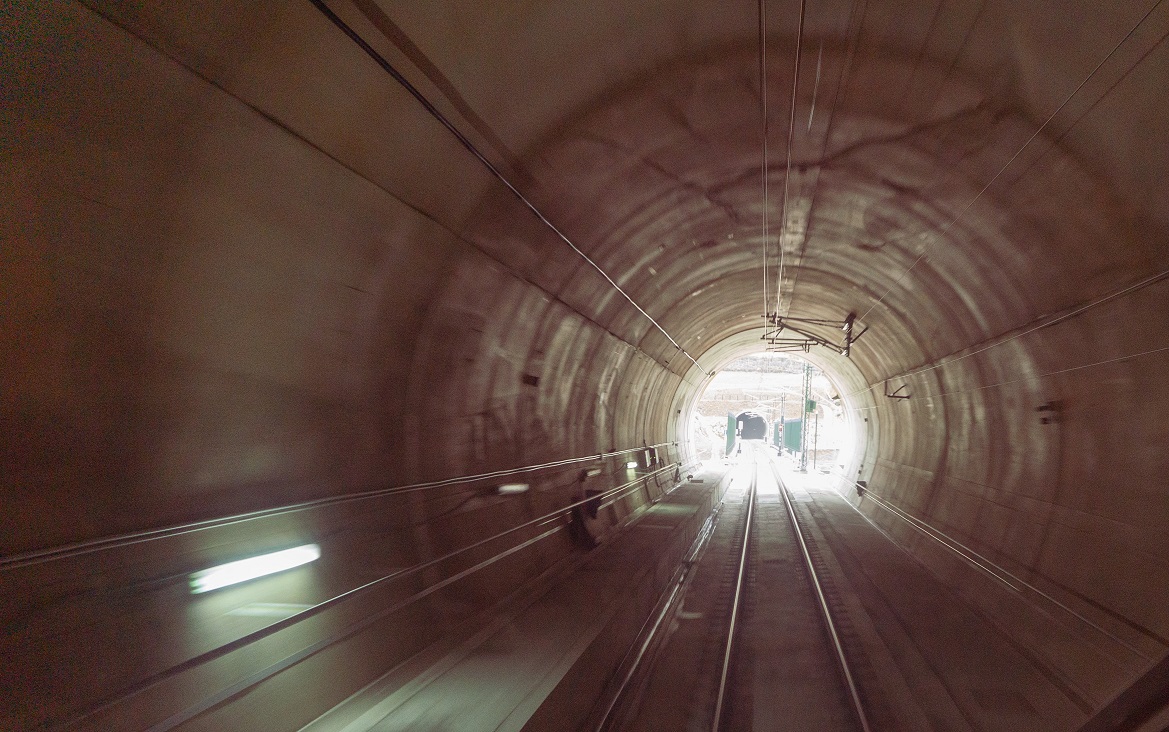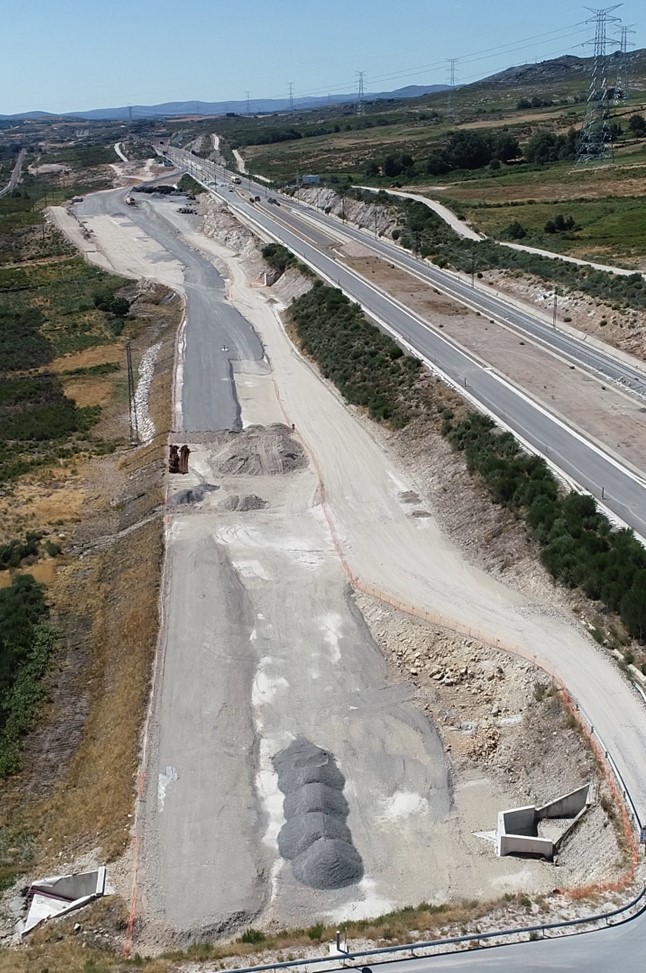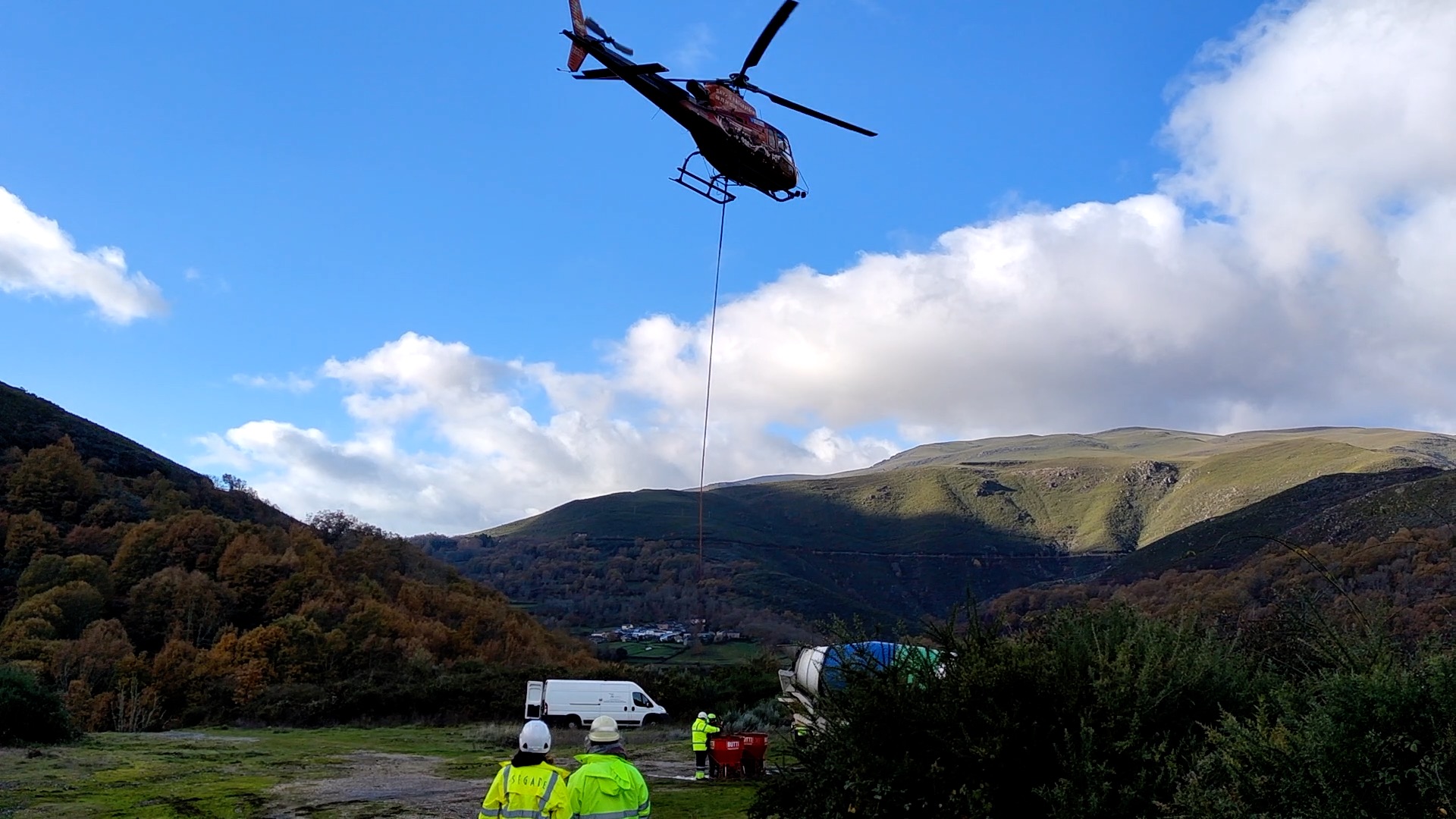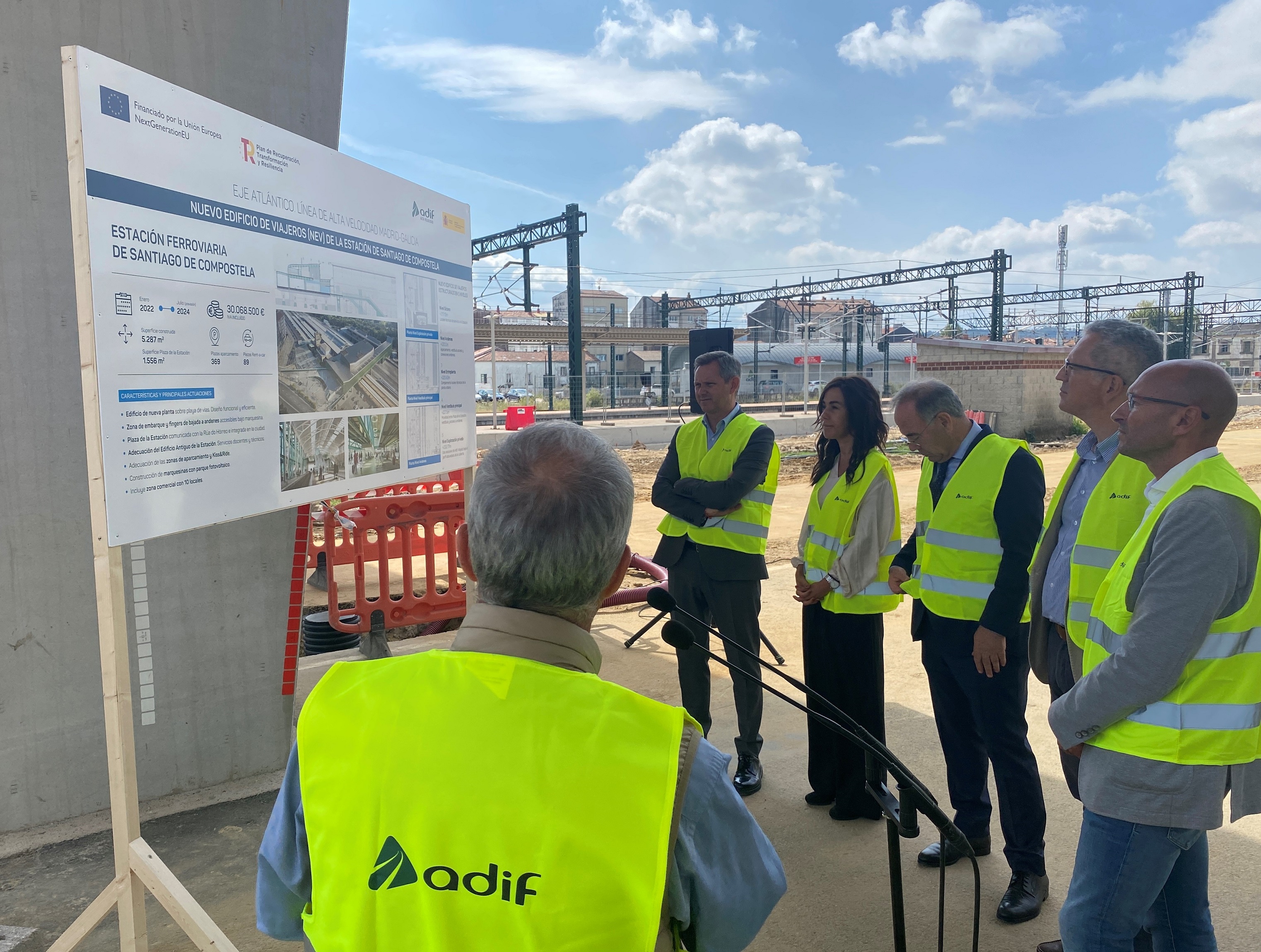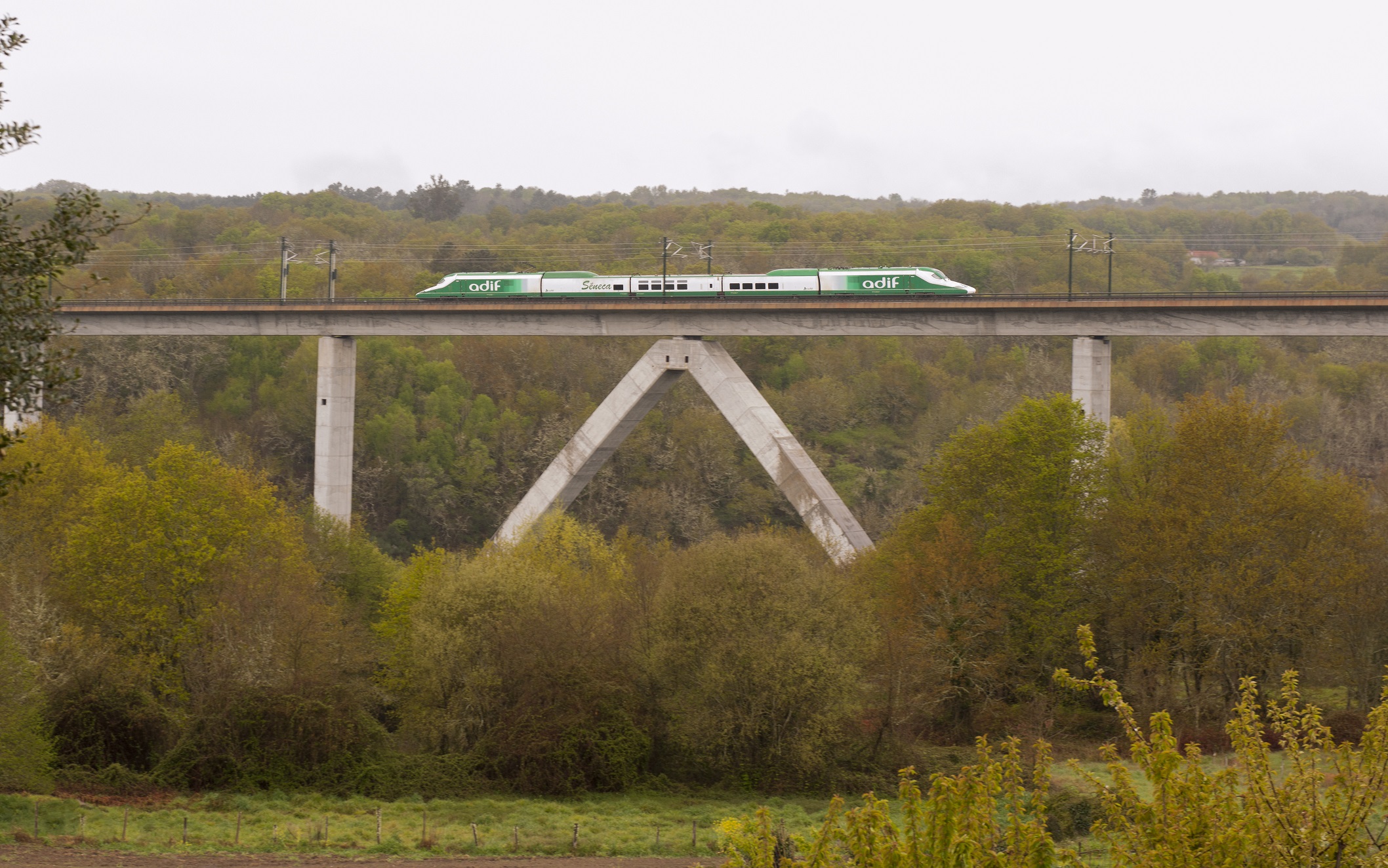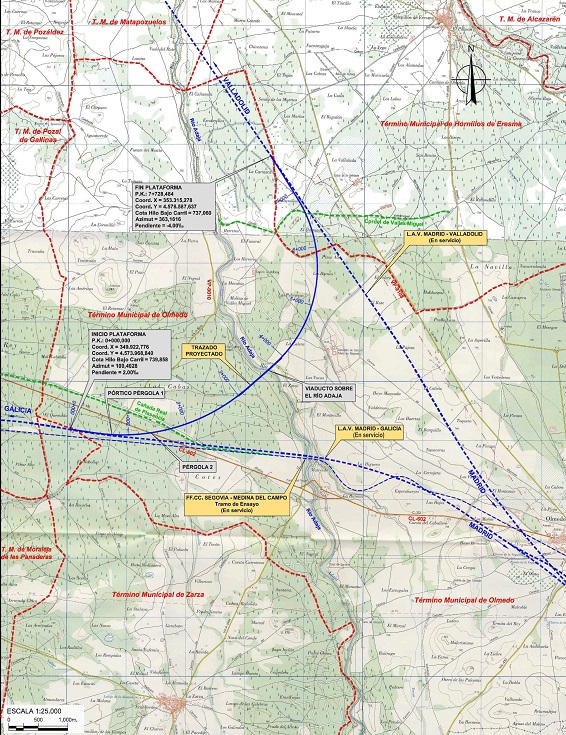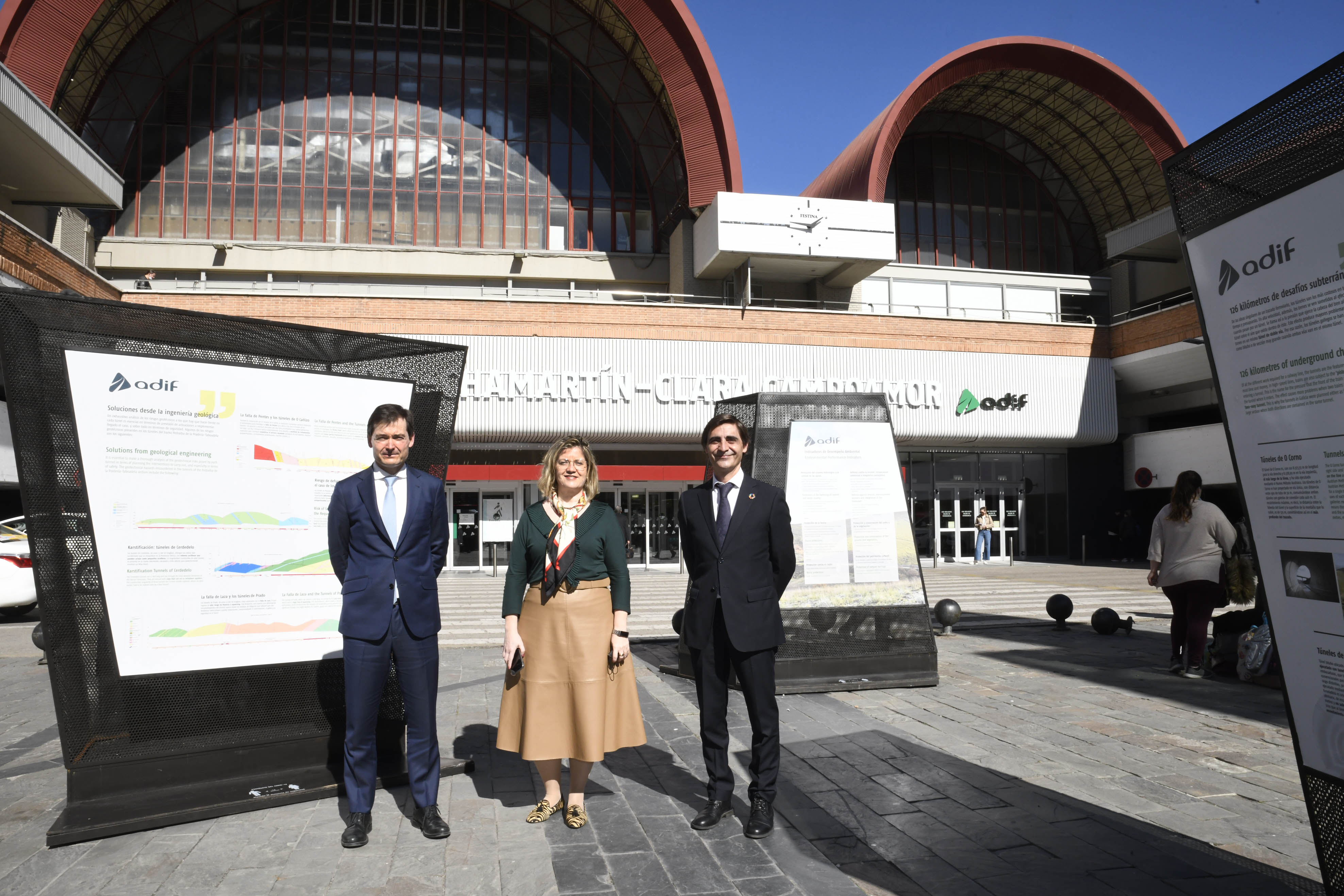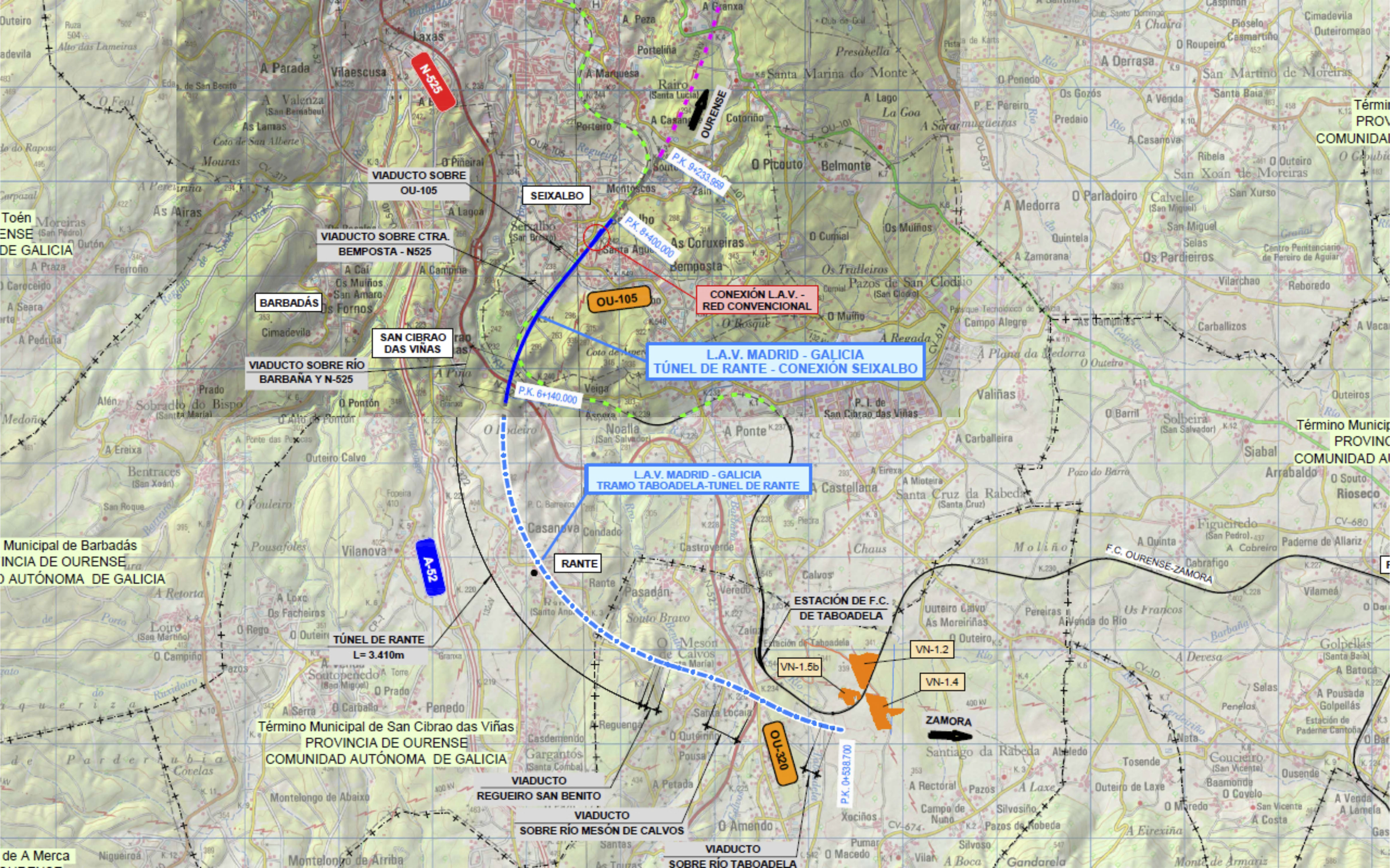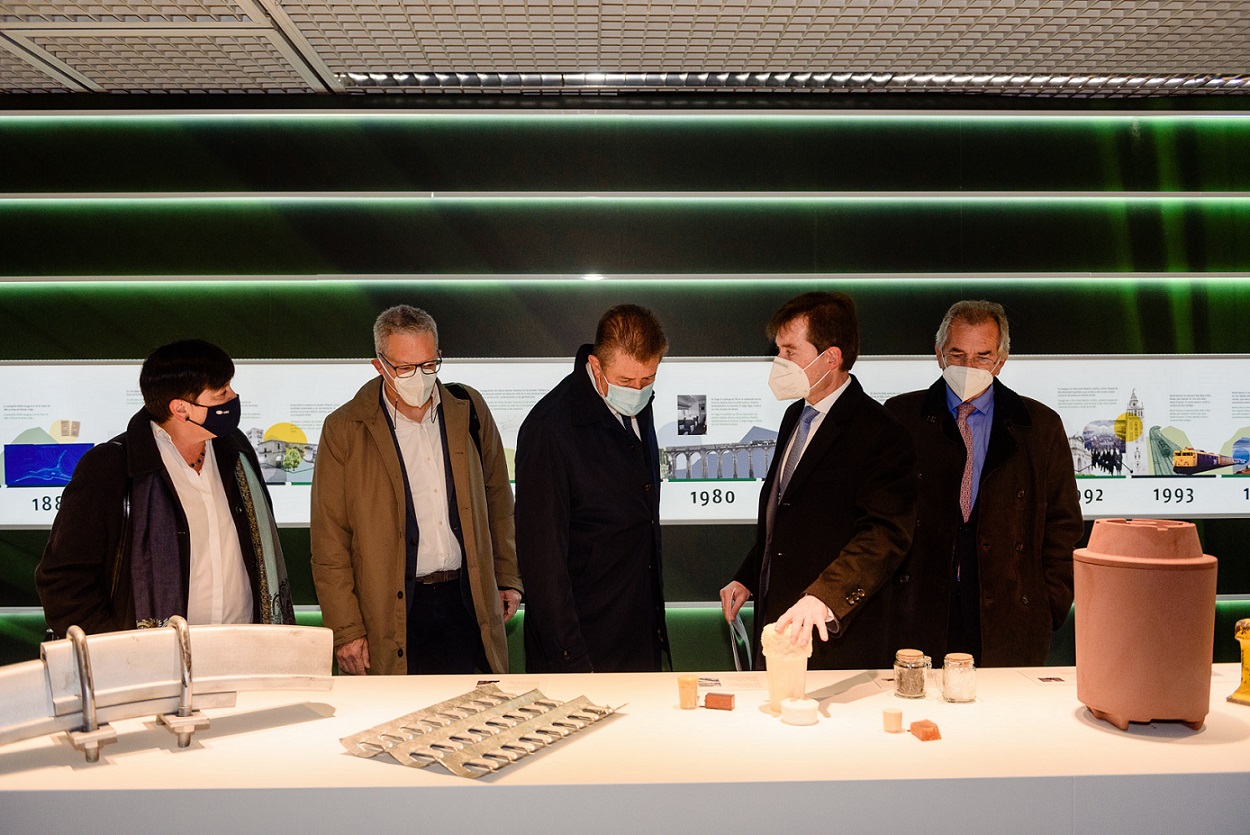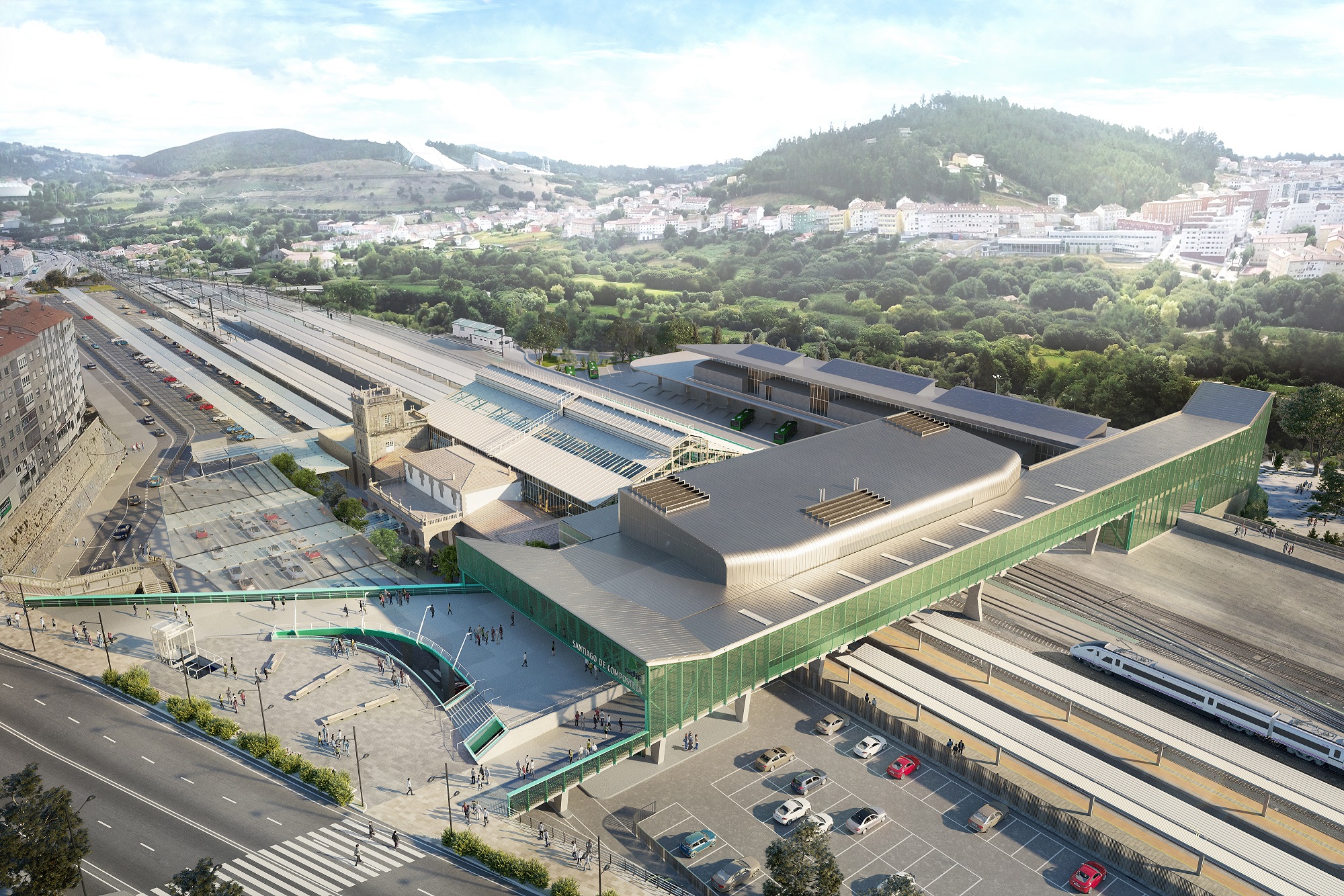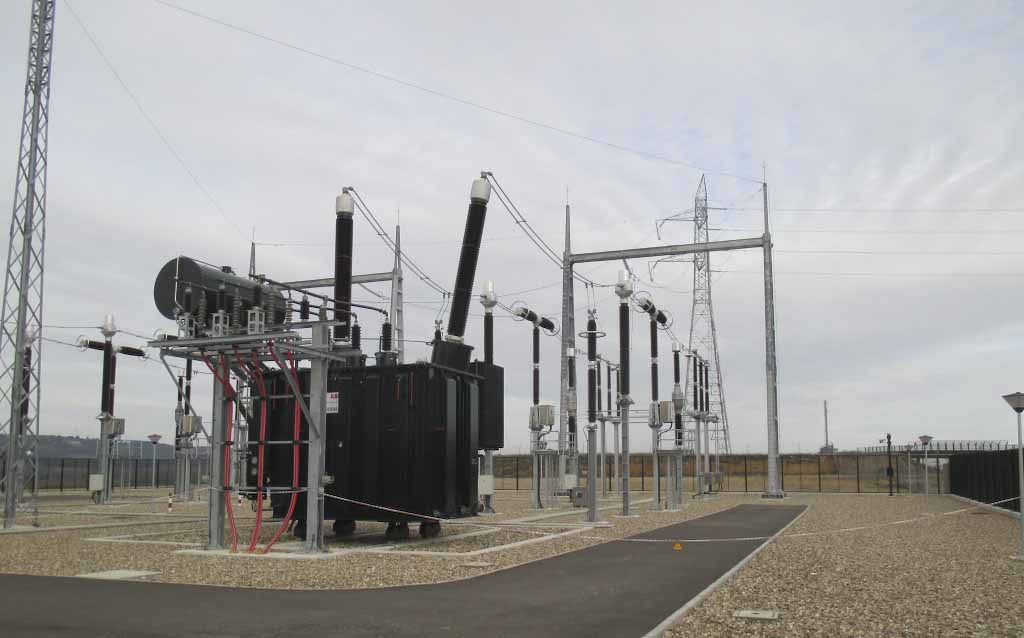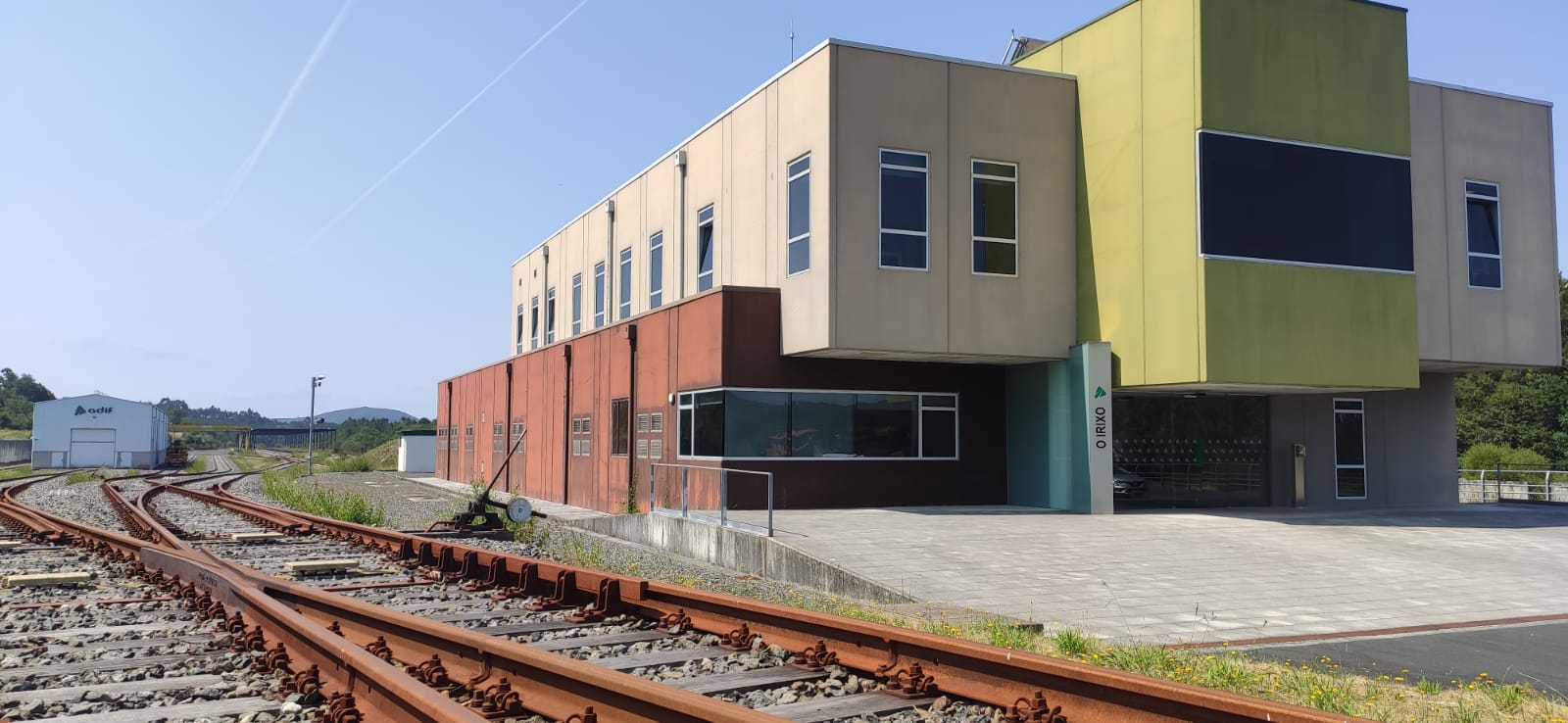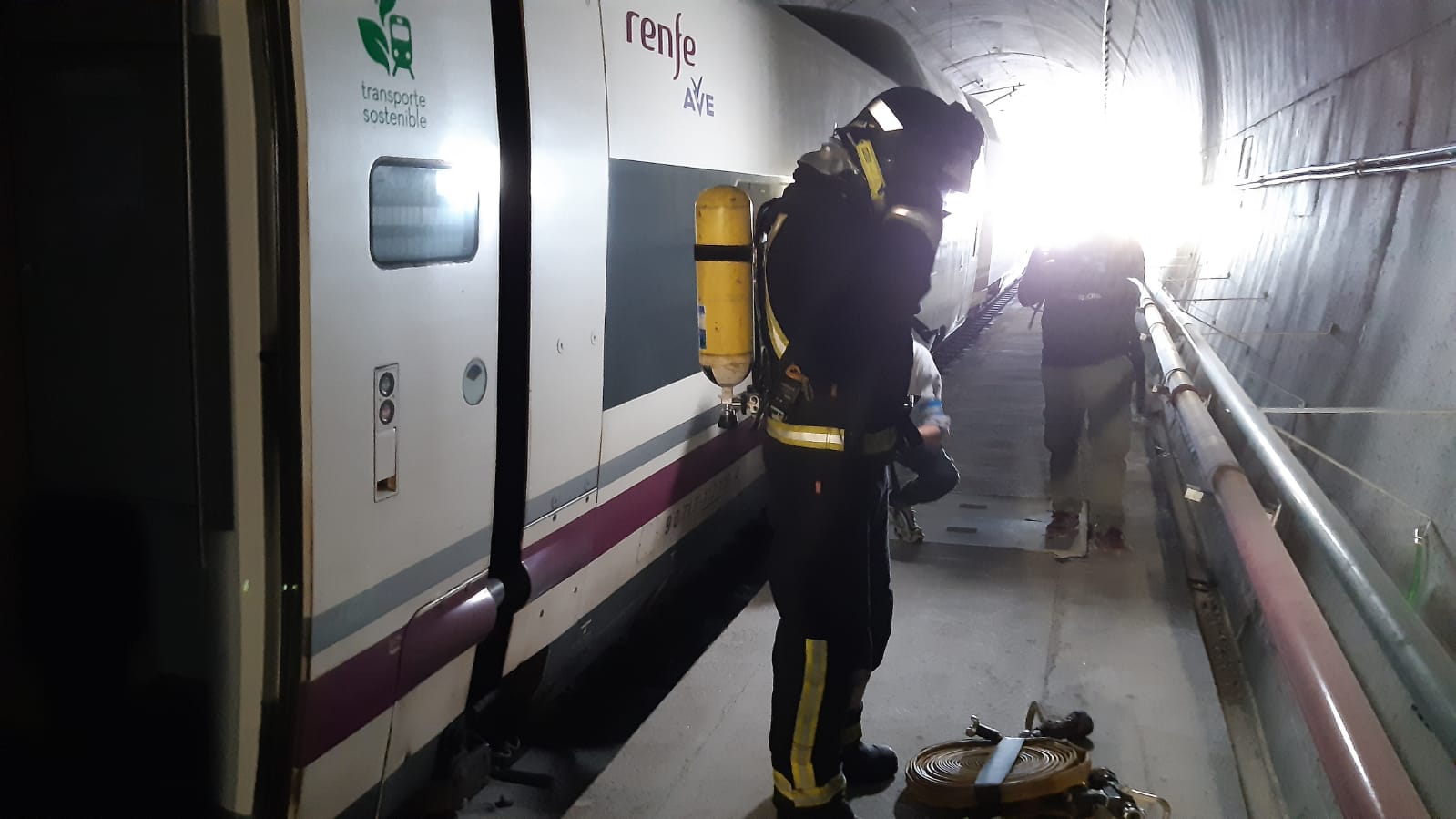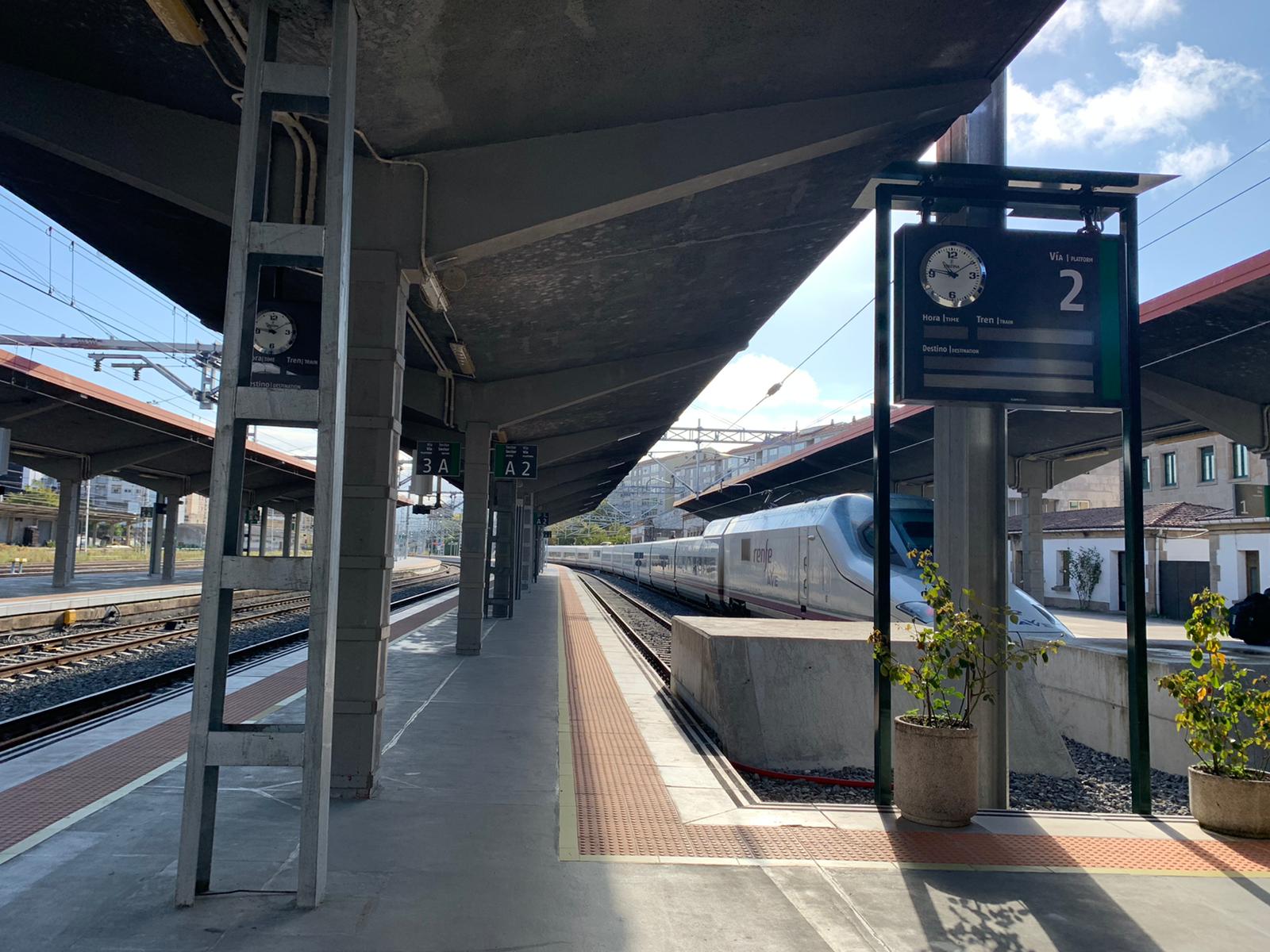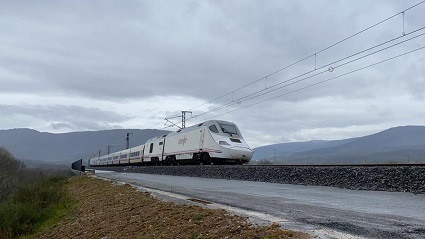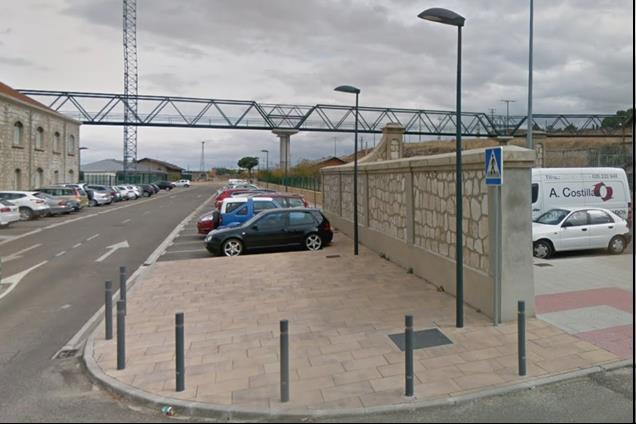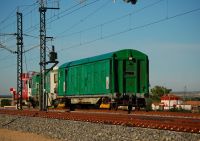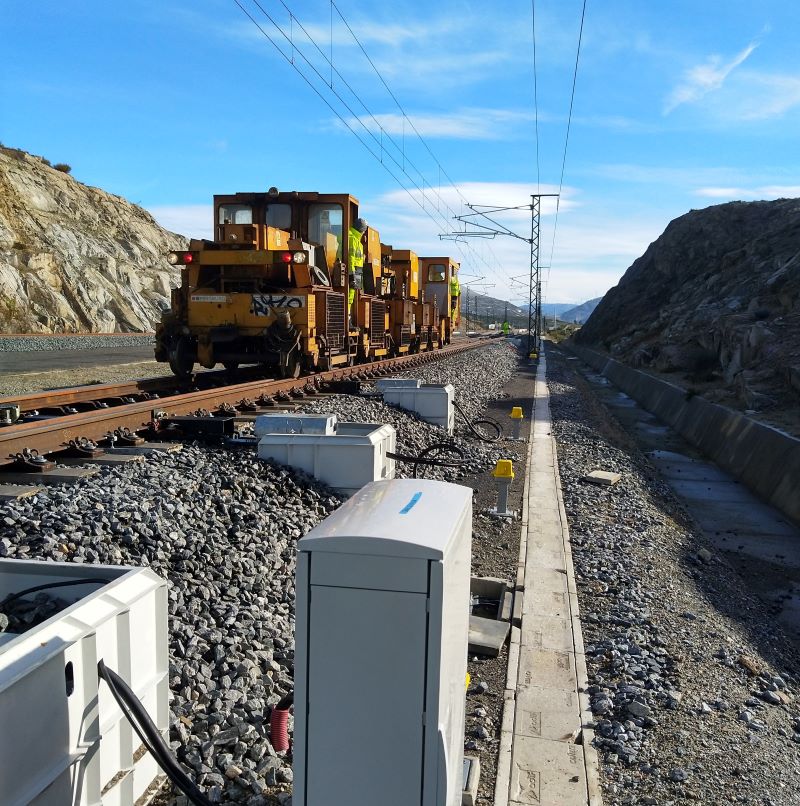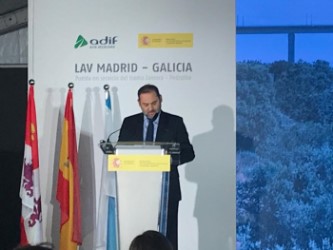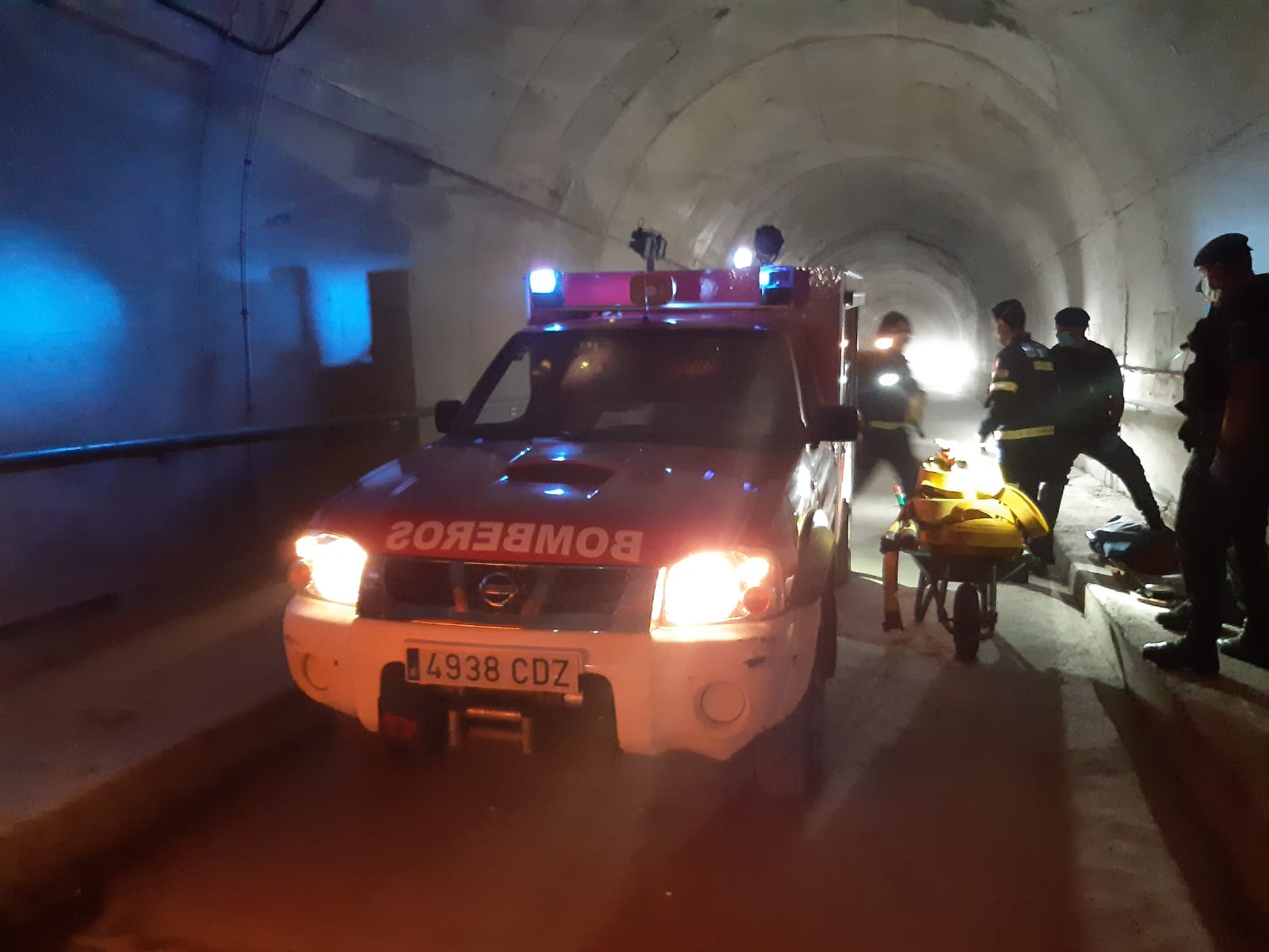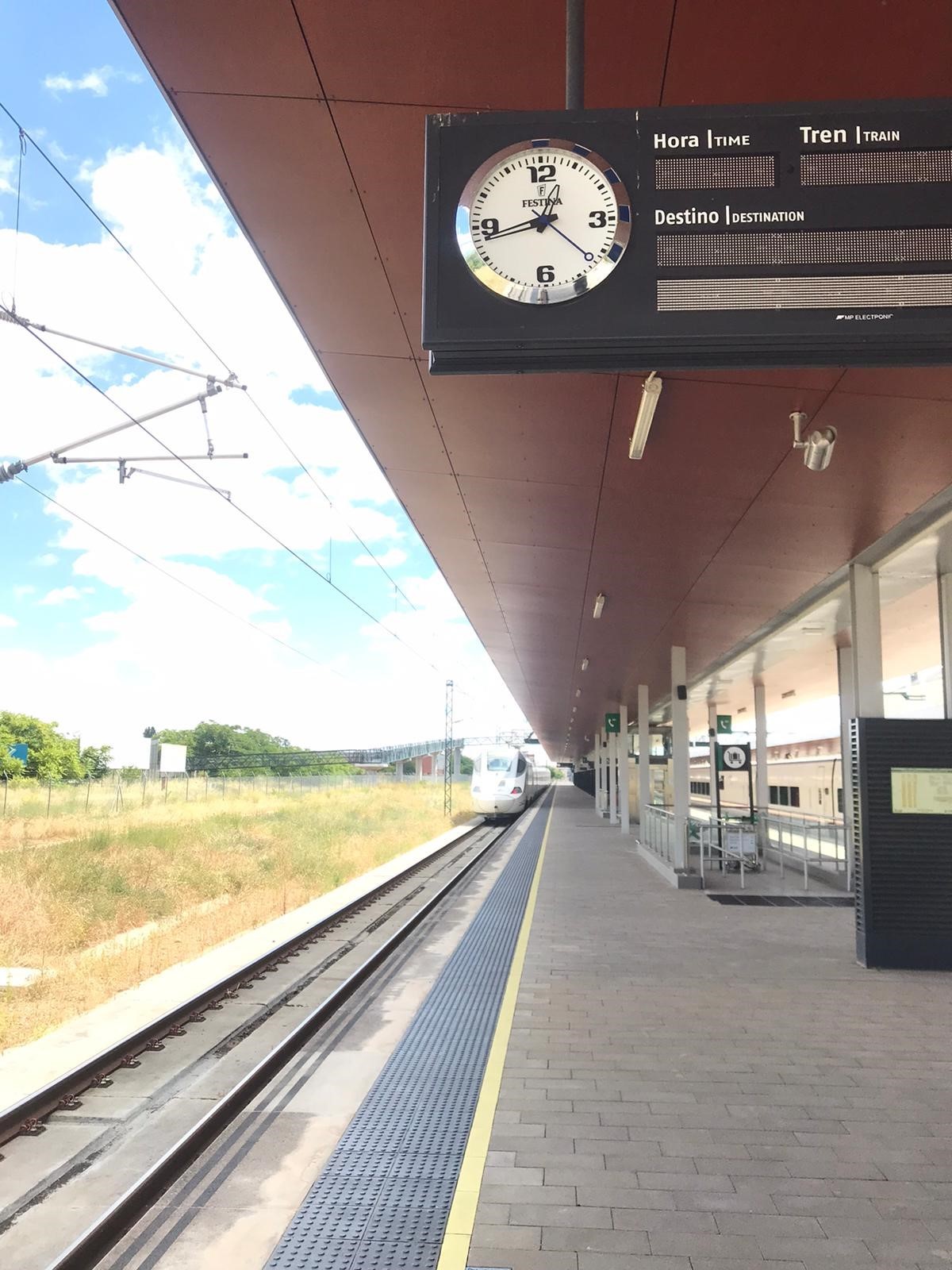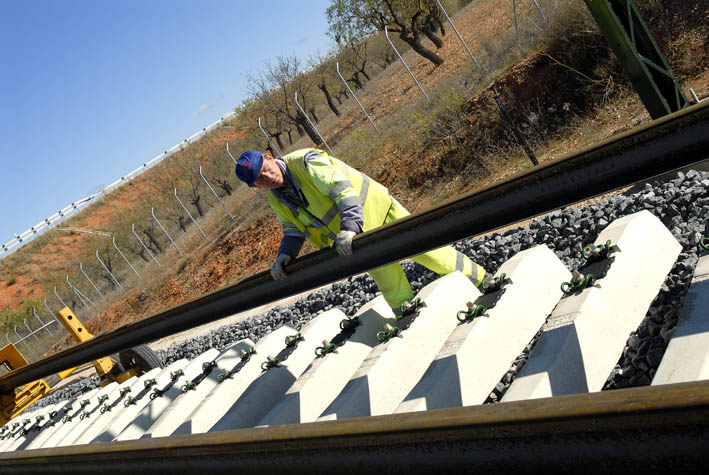Madrid-Galicia line
The Galicia Way, ever closer
The Galicia Way, ever closer
The Madrid-Galicia high-speed line, part of the North/Northwest Corridor, will place Galicia on the Spanish high-speed map.
The layout of the Galician railways has always been influenced by the rugged relief that has hindered railway communications with the centre of Spain. In fact, the first direct line between Madrid and Galicia, via Zamora and Ourense, was not achieved until 1958.
Indeed, the Galician railway is the site of two historic moments. The first occurred at the end of 2011, after the entry into service of the section between Ourense, Santiago and A Coruña, which had been under construction since June 2005. The second will be when the connection with the meseta comes into operation.
European Funding
“A way to make Europe”
Current situation
Current situation
The new railway connection will permit significant improvements in speed, reliability, comfort and journey times.
The new Madrid - Galicia line is built with double electrified track, with high-speed parameters, and is designed for maximum speeds of 350 km/h. The arrival of high-speed also involves work to adapt and modernise facilities in stations along the route, as well as city planning improvements.
Journey times will improve progressively until the journey time between Santiago and Madrid will be around 3 hours.
This is a clear commitment to the railway as a means of transport that promotes social cohesion and stimulates the economy.
The new access to Galicia starts at the fork of the Madrid-Valladolid Line in Olmedo and ends in Santiago de Compostela, where it links with the Galician Atlantic Axis.
It is a 434.86 km-long route along which ERTMS and ASFA signage will be implemented. The line is designed to handle a maximum speed of 350 km/h.
The longest is 8,574 metres
Conoce más de la línea
Enlaces relacionados
Eje Atlántico
El Eje Atlántico discurre de norte a sur por el litoral atlántico gallego entre a Coruña y Vigo a lo largo de 155,6, kilómetros, comunicando cinco de las siete mayores ciudades gallegas. Esta infraestructura está comunicada con la nueva conexión Madrid-Galicia a la altura de Santiago de Compostela.
Línea Madrid-Valladolid
Esta línea, puesta en servicio el 22 de diciembre de 2007, constituye el elemento fundamental para el desarrollo ferroviario del Norte y Noroeste de España.
La reducción de tiempos de viaje y distancias por ferrocarril benefician a una amplia zona que representa más del 30% del los índices nacionales de población y superficie.
Corredores europeos
Uno de los objetivos principales de la UE es promover la conectividad de los ciudadanos y los bienes dentro de Europa. Una de las herramientas principales para logarlo son los nueve Corredores de la Red TEN-T (Trans-European Network - Transport), conocidos como los Core Network Corridors (CNC).

